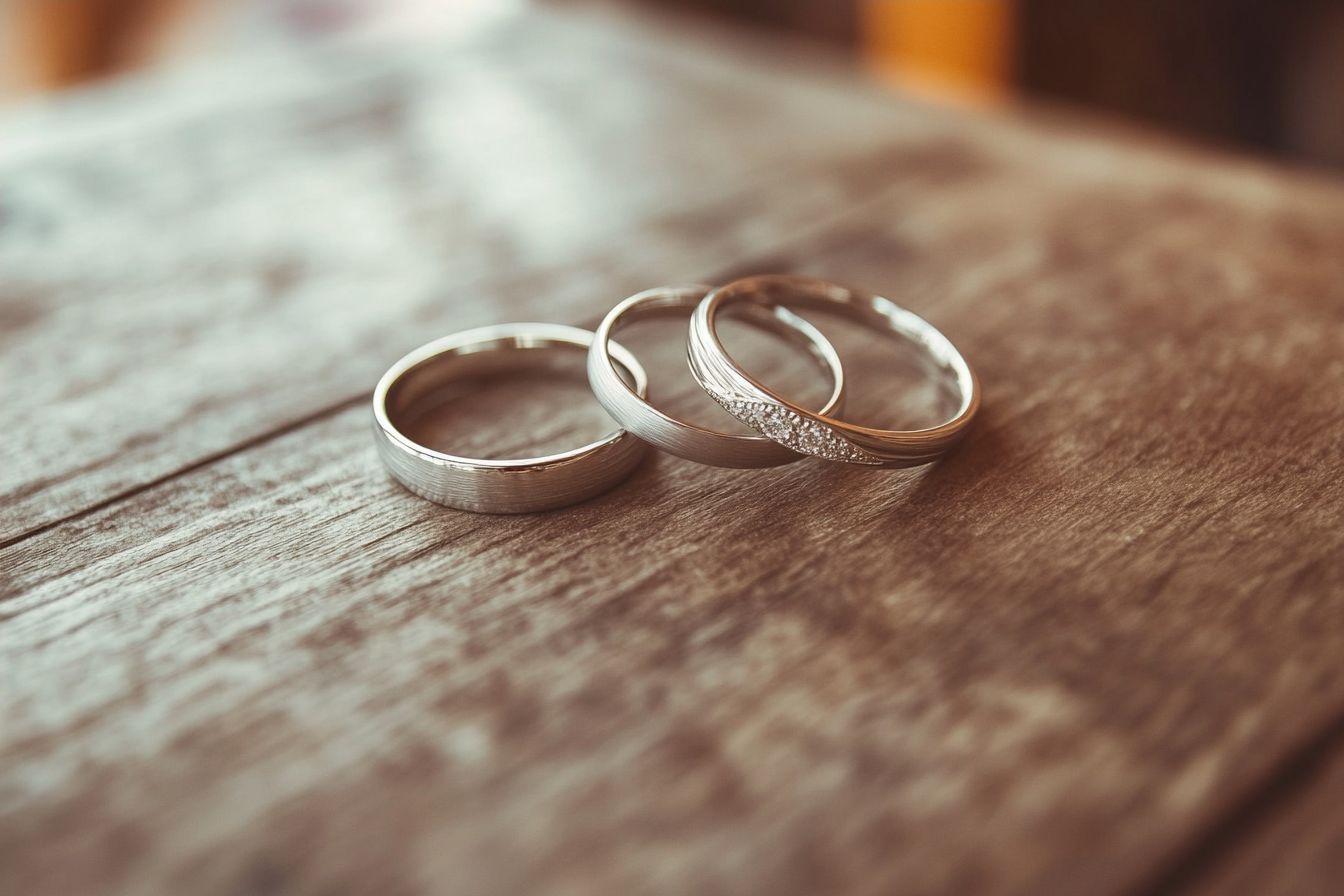Rings: Timeless Symbols of Love and Commitment
Rings have been cherished adornments for thousands of years, serving as powerful symbols of love, commitment, and personal expression. These circular bands, typically worn on fingers, have a rich history that spans cultures and civilizations. From simple metal bands to intricate designs adorned with precious stones, rings continue to captivate people worldwide with their beauty and significance.

Throughout history, rings have also been used to signify power, status, and authority. Signet rings, for example, were used by nobility and officials to seal important documents. As jewelry-making techniques advanced, rings became more elaborate, incorporating precious metals and gemstones to showcase wealth and artistic craftsmanship.
What are the different types of rings?
Rings come in a vast array of styles and designs to suit various occasions and personal preferences. Some common types include:
-
Engagement rings: Typically featuring a diamond or other precious gemstone, these rings symbolize a promise of marriage.
-
Wedding bands: Simple or ornate, these rings are exchanged during marriage ceremonies.
-
Eternity rings: Often given as anniversary gifts, these bands feature a continuous line of gemstones.
-
Cocktail rings: Large, statement pieces designed to be worn at social events.
-
Signet rings: Traditionally engraved with family crests or personal emblems.
-
Birthstone rings: Featuring gemstones associated with specific months.
-
Promise rings: Symbolizing commitment in a relationship before engagement.
-
Mood rings: Containing heat-sensitive liquid crystals that change color based on body temperature.
How are rings made?
The process of creating rings has evolved significantly over time, combining traditional techniques with modern technology. Common methods include:
-
Casting: Molten metal is poured into a mold created from a wax or resin model.
-
Forging: Metal is heated and shaped using hammers and other tools.
-
Computer-Aided Design (CAD): 3D modeling software is used to design intricate patterns.
-
3D printing: Prototypes or final products are created layer by layer.
-
Hand fabrication: Artisans craft rings using traditional metalworking techniques.
After the basic shape is formed, rings may undergo additional processes such as polishing, stone setting, engraving, or plating to achieve the desired final appearance.
What materials are commonly used in ring making?
Rings can be crafted from a wide range of materials, each offering unique properties and aesthetic appeal:
-
Precious metals: Gold (yellow, white, or rose), platinum, and palladium are prized for their durability and luster.
-
Silver: A popular and more affordable option for everyday wear.
-
Alternative metals: Titanium, tungsten, and stainless steel offer strength and contemporary styling.
-
Gemstones: Diamonds, sapphires, rubies, emeralds, and many others add color and sparkle.
-
Synthetic materials: Lab-created gemstones and materials like cubic zirconia provide affordable alternatives.
-
Organic materials: Wood, bone, and shell are used in unique, nature-inspired designs.
How do you choose the right ring?
Selecting the perfect ring involves considering several factors:
-
Purpose: Determine whether it’s for engagement, wedding, fashion, or another specific occasion.
-
Style: Consider personal preferences and lifestyle when choosing between classic, modern, or unique designs.
-
Metal: Select based on skin tone, durability needs, and budget.
-
Gemstones: If desired, choose based on personal significance, color preference, and durability.
-
Size and fit: Ensure proper sizing for comfort and to prevent loss.
-
Budget: Determine a comfortable price range while considering long-term value.
-
Quality: Look for reputable jewelers and certifications for precious metals and gemstones.
How should rings be cared for and maintained?
Proper care can help preserve the beauty and integrity of rings:
-
Regular cleaning: Use mild soap and warm water or professional jewelry cleaning solutions.
-
Professional servicing: Have rings checked and cleaned by a jeweler annually.
-
Safe storage: Keep rings in separate compartments to prevent scratching.
-
Avoid harsh chemicals: Remove rings when using cleaning products or swimming in chlorinated water.
-
Protect from impact: Remove rings during activities that may cause damage.
-
Insurance: Consider insuring valuable rings against loss, theft, or damage.
By understanding the rich history, diverse styles, and proper care techniques for rings, one can fully appreciate these enduring symbols of love, commitment, and personal expression. Whether choosing an engagement ring, a family heirloom, or a fashion statement, rings continue to hold a special place in human culture and individual lives.






